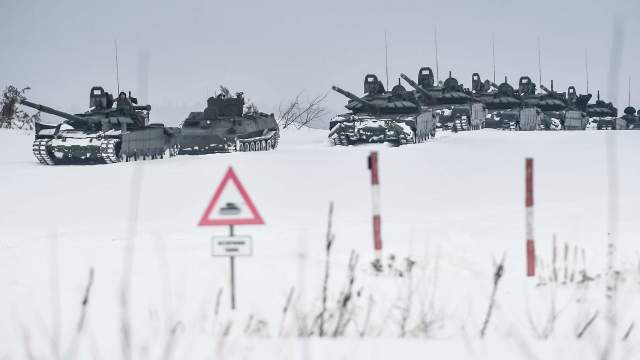And why did the sanctions have a diverse effect on Russian exportsIn 2022, the system of military-technical cooperation (MTC) of Russia experienced a shock that apparently had no precedent in the entire post-Soviet history of the country.
The beginning of a special military operation and the sanctions imposed by Western countries have significantly complicated the work of both the defense industry enterprises and the special exporter, Rosoboronexport JSC. Izvestia was looking into the difficulties faced by both suppliers and recipients today, what is the size of the portfolio of orders for Russian weapons, and how the global arms market in Ukraine is affected by the SVO in general.
New challenges
The first and most important reason is the sharp loading of the defense industry with orders from the Ministry of Defense, the possibilities for the implementation of export contracts have narrowed. The exact figures of the state defense order "before and after" are unknown, but statements by Defense Minister Sergei Shoigu give some idea. For example, at the end of November, he said that the state defense order-2023 will grow by one and a half times (apparently, from the adjusted values of 2022). And also that the most popular models of weapons with delivery plans in 2024-2025 will be transferred to the troops in 2023.
Today, it is obvious that the orders of the military department, and not foreign customers, will take priority, not to mention the fact that "the most popular models of weapons" are considered as such for both internal and external customers.
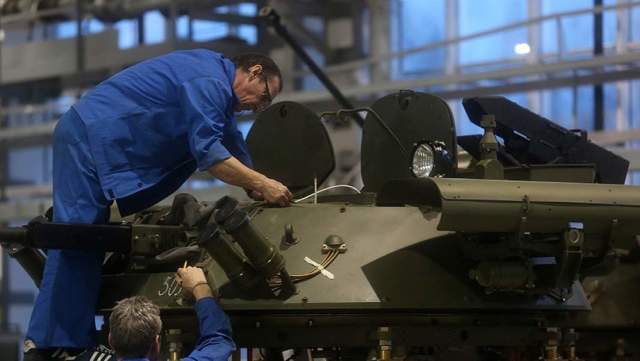
Photo: TASS/Sergey Fadeichev
Image source: iz.ru
An equally serious challenge was the unprecedented level of sanctions, which had a diverse effect on Russian exports. Although the defense industry has been slowly but surely preparing for a total ban on the import of products and technologies since 2014, a new reality has emerged in 2022, which will become a modus operandi, a "mode of action" for the Russian defense industry for many years to come. This puts on the agenda an even more active implementation of an import substitution policy based on its own strength, taking into account the fact that new capacities should cover the needs of both domestic customers and exports at least at the level of recent years (about $ 15 billion). No less important for ensuring the increased output of defense products, including for export, will be the issue of personnel.
The new wave of sanctions turned out to be important not only from the point of view of the attempt to strangle the Russian defense industry. Although there have been no major buyers of our weapons among the countries that imposed sanctions on Russia for a long time, a number of them are still armed with Soviet and Russian-style systems (Greece, Finland, Cyprus, Eastern European countries), but they still remained markets for components, repair services, modernization, etc. Since February 24, they were finally lost, and Soviet equipment began to be actively transferred to Kiev. On the agenda is the export to Ukraine of those systems that were delivered already in post-Soviet times, and the revision of control mechanisms for violators of end-user certificates for Russian defense products.
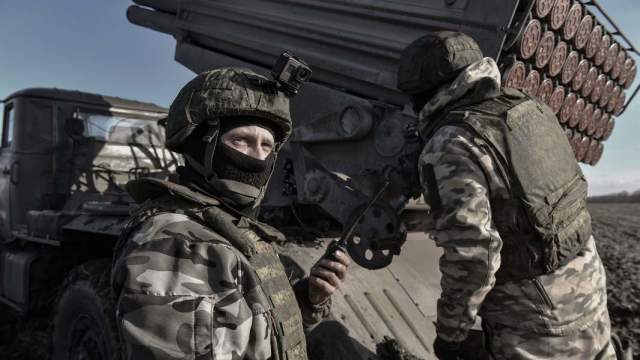
Photo: RIA Novosti/Konstantin Mikhalchevsky
Image source: iz.ru
As part of the sanctions policy, pressure on traditional Russian customers continued and reached a new level. The basis for this was summed up and worked out together with the adoption of the law "On Countering America's Adversaries through Sanctions" (CAATSA) even during the Trump presidency. After February 24, this pressure and the threat of secondary sanctions have reached a new level. All this is compounded by the actual disconnection of Russia from the international financial system, which significantly complicates the well-established and familiar settlement system. This leads to the fact that Russian exporters and customers are forced to switch to alternative schemes, including the transition to payments in national currencies, which is revolutionary for the MTC system. The same block of problems also includes difficulties with the delivery of Russian weapons to the customer, since unfriendly states have closed their airspace to Russian aircraft. There are difficulties with sea transportation and their insurance.
Open perspectives
On the other hand, during a special military operation, Russian weapons show all their strengths and weaknesses, which are promptly analyzed and corrected. In fact, all the samples of the new generation received the characteristic "tested in combat conditions", which was often lacking, since the customer often bought systems that had only passed field tests.
Photo: RIA Novosti/Konstantin Mikhalchevsky
Image source: iz.ru
As Dmitry Shugaev, director of the Federal Service for Military-Technical Cooperation, noted, "The SVO in Ukraine has increased the interest of foreign partners in Russian weapons. World leaders have assessed the effectiveness of the use of domestic weapons in the course of hostilities." This will lead to an increase in interest in Russian weapons, as was already observed after the start of the operation in Syria in 2015.
Equally important is the fact that at the same time, the most modern Western-designed weapons systems are being tested for effectiveness, which in reality have shown much less effectiveness than was thought. First of all, this concerns infantry anti-tank weapons, air defense systems, including MANPADS. This circumstance may have consequences for those countries that can pursue an independent military-technical policy.
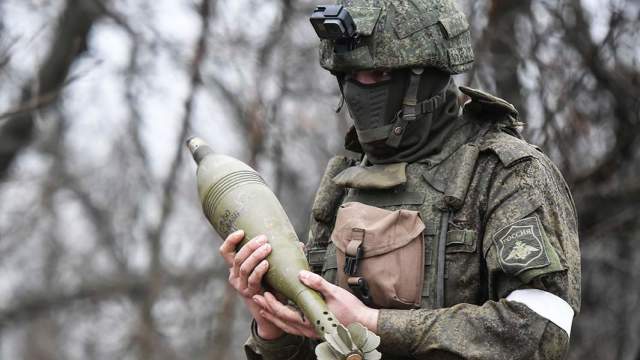
Photo: RIA Novosti/Konstantin Mikhalchevsky
Image source: iz.ru
An important factor was the final withdrawal of Ukraine from the world arms market as an exporter. This is due to the destruction of the Ukrainian military-industrial complex during the SVO, as well as high losses in Soviet-style weapons, which finally puts an end to Ukraine's role as a supplier of inexpensive weapons from the availability. The destruction of repair plants opens up to Russia that share of the market for the repair of Soviet equipment, which previously accounted for Ukrainian suppliers of similar services.
In general, the well-known figures on Russian exports also do not give reasons for pessimism. As of the end of August 2022, new contracts were signed in the amount of 1 trillion rubles. Only through Rosoboronexport JSC, export deliveries amounted to $5.4 billion, and the portfolio of orders of the special exporter reached $52.9 billion, which is higher than average. And this is without taking into account contracts and supplies and through the CSTO, which are not taken into account in these statistics (except for the volume of new contracts). It is obvious that by the end of the year, the indicators of deliveries and new contracting will be even higher.
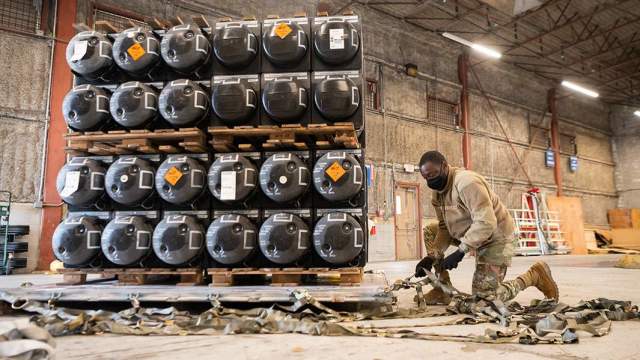
Photo: Global Look Press/Mauricio Campino
Image source: iz.ru
Thus, the crisis that the Russian military-technical cooperation system faced in 2022 did not become fatal for it, although it carries a number of challenges and threats. Thanks to the "preparatory period" of 2014-2022, the industry and the special exporter were ready for it, which made it possible to avoid a collapse and create positions for the future. And in this regard, the year 2023 will be very indicative, which will clearly demonstrate how the Russian defense industry passed this new stress test.
Andrey Frolov
